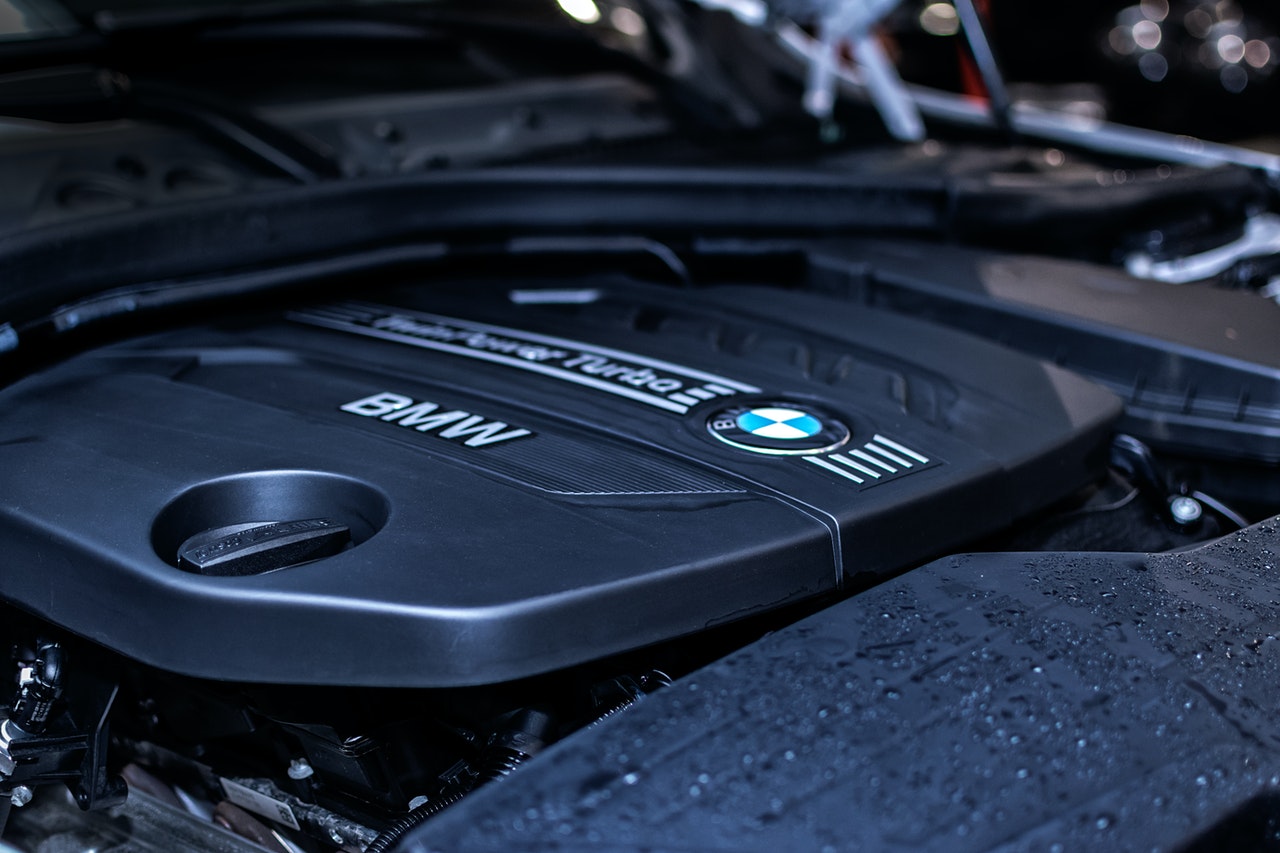Auto Essentials
How To Jump Start A Car With A Dead Battery Using Jumper Cables
You’re walking out of your apartment and notice a cute woman with the hood of her car open, looking at the engine with desperation. You go over and ask what’s wrong. The car battery is dead, and she’s late for class. She asks you if you can give her jump. You look down at the ground, kick some rocks, and offer to call AAA instead.
There are certain things every man should know how to do, and knowing how to jump start a car is one of them.. You never know when you’ll need this knowledge to aid a stranded damsel in distress or help yourself. While jumping a dead battery is super simple, you’d be surprised by the number of men who have no idea how to do it.
Even if a man has learned how to jump start a car before, it can be easy to forget what cables go where. Positive on negative? Ground the positive cable on the car with the good battery? Red cable is negative? Do it wrong, and you could cause all kinds of damage to your car!
Before you try jump starting a car, you need to determine that the battery is the reason the car isn’t starting up. If you turn the ignition and hear the engine cranking, a dead battery isn’t your problem and jump starting it won’t do a darn thing. However, if you turn the key and the car does absolutely nothing, then there’s a good chance you have a dead battery on your hands and jumping it may be your ticket to getting back on the road.
Before you connect the jumper cables, get ready by following these steps:
- Park a running vehicle near the car with the dead battery, but not so close that the two vehicles are touching.
- Put both vehicles in park (or neutral for vehicles with manual transmissions), and be sure both parking brakes are on.
- Turn off both vehicles and anything that would use electricity: fans, lights or audio equipment.
- Remove any corrosion from the battery posts (the short metal rods coming out of the battery) or the bolts that attach wires to the battery. Special metal brushes are available for this, but you probably don’t carry one in your vehicle, so do your best to brush or scrape off the corrosion.
- Check the dead battery for leaks or cracks. If the battery is damaged in any way, don’t try to jump-start the vehicle.
Connecting jumper cables in the correct order:
- Make sure both cars are turned off.
- Connect one red clamp to the positive (+) post of the dead battery.
- Connect the other red clamp to the positive post of the good battery.
- Connect one black clamp to the negative (-) post of the good battery.
- Connect the other black clamp to bare, clean metal away from the battery of the dead car. Brackets or bolts on the engine are usually good places to connect the clamp, but check the owner’s manual for suggestions.
Before starting either vehicle, be sure the jumper cables won’t be damaged by moving parts when the cars are running. Close vehicle doors so dome lights don’t draw power.
Run the engine of the vehicle that starts for 2-3 minutes. Then try starting the vehicle with the dead battery. After it starts, disconnect cables in reverse order from when you connected them.
Be sure to drive the car for about 30 minutes to charge the battery – If you turn it off before the battery charges, you’ll have to jump-start it again. The other option is to drive it to a mechanic who can check it over or charge the battery for you.
Now give yourself a pat on the back for a job well done!

















Brett M
May 24, 2011 at 2:21 pm
If you have a manual transmission car, you can also try a rolling start. Here’s how you do it:
1. Find a stretch of clear downhill road.
2. Fully depress the clutch and put the car in first gear.
3. Turn the ignition to on.
4. Take your foot off the brake and start rolling down the hill, leaving the clutch fully depressed.
5. Coast down the hill until you reach 5 or 7 miles per hour.
6. Release the clutch quickly. You should feel the engine turn and start. If it doesn’t start the first time, depress the clutch and release it again.
7. If you don’t have a hill, get some of your buddies to give you a push and follow the steps above.
Joshua
May 30, 2011 at 1:25 am
I’ve tried to drill these steps in customers heads. I run a roadside assistance company, and most of my calls come from people with jumper cables parked in a lot full of cars. Most people will lend their cars for free for a jump. I shouldn’t be making $35 for this. Not really complaining though lol.